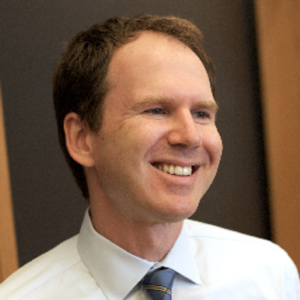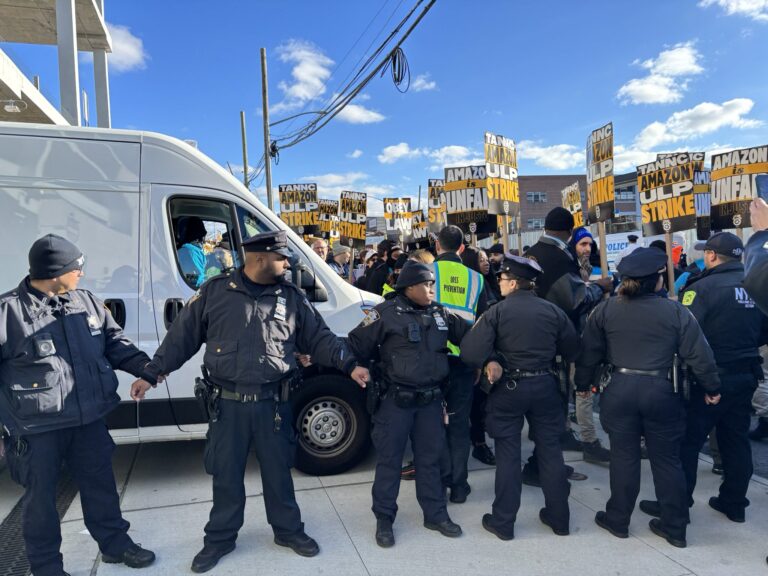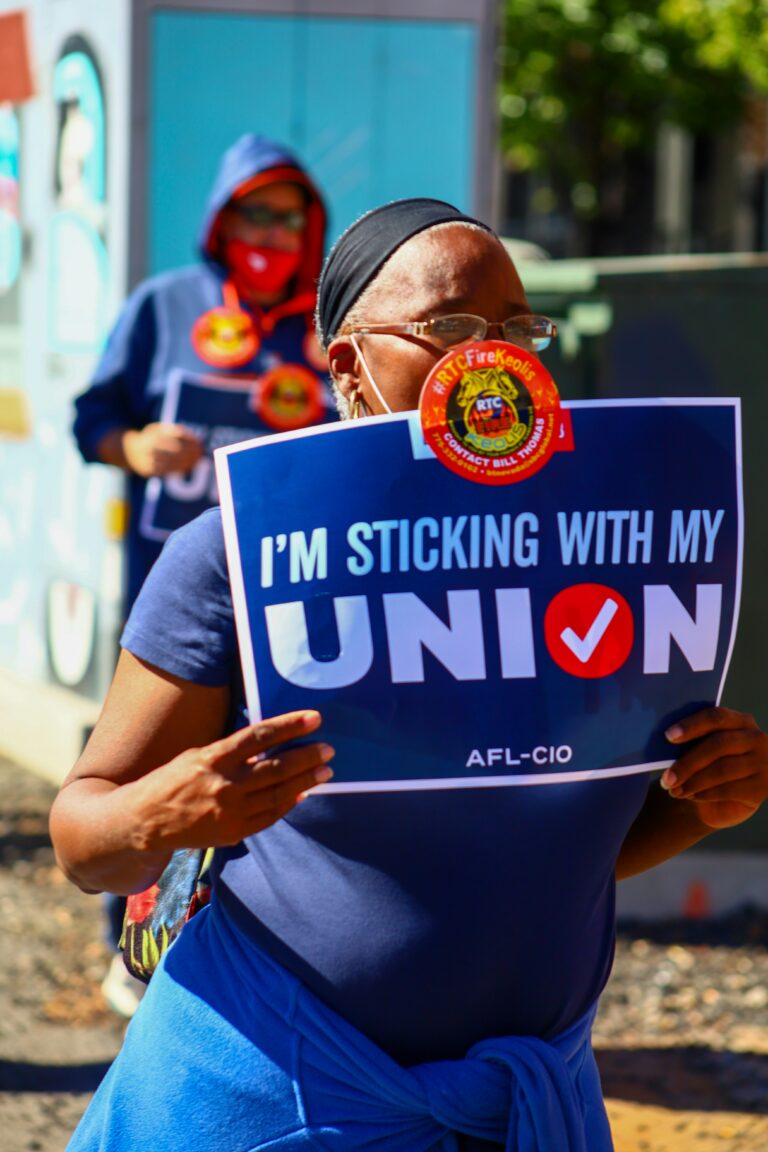
Benjamin Sachs is the Kestnbaum Professor of Labor and Industry at Harvard Law School and a leading expert in the field of labor law and labor relations. He is also faculty director of the Center for Labor and a Just Economy. Professor Sachs teaches courses in labor law, employment law, and law and social change, and his writing focuses on union organizing and unions in American politics. Prior to joining the Harvard faculty in 2008, Professor Sachs was the Joseph Goldstein Fellow at Yale Law School. From 2002-2006, he served as Assistant General Counsel of the Service Employees International Union (SEIU) in Washington, D.C. Professor Sachs graduated from Yale Law School in 1998, and served as a judicial law clerk to the Honorable Stephen Reinhardt of the United States Court of Appeals for the Ninth Circuit. His writing has appeared in the Harvard Law Review, the Yale Law Journal, the Columbia Law Review, the New York Times and elsewhere. Professor Sachs received the Yale Law School teaching award in 2007 and in 2013 received the Sacks-Freund Award for Teaching Excellence at Harvard Law School. He can be reached at [email protected].
Cindy Estlund (NYU Law Professor and OnLabor contributor) has a terrific new piece in the Harvard Law Review. In Rethinking Autocracy at Work, Estlund reviews Elizabeth Anderson’s Tanner Lectures (published as Private Government) which “aim to bring the problem of workplace governance back into the exalted domain of political theory and political discourse, where it resided a century ago.” Anderson’s primary questions, and the ones Estlund takes up, are (again in Estlund’s words):
How is it that a democratic society devoted to individual freedom came to tolerate the private outposts of autocratic rule and unfreedom in which most citizens spend their working lives? And once we recognize the conflict between workplace autocracy and the ideals of democratic accountability, what is to be done?
Estlund makes an impressive number of important contributions over the span of her 32-page review. Among other things, the review presents a cogent, brief history of “free labor,” a clear and useful synopsis of the laws governing the American workplace, and an illuminating review of economic and political-theoretic thinking about employment-at-will and the limited relevance of the employee “exit” right (including an examination of Robert Taylor’s new book).
In one of the best sections of the piece, the review addresses what the fissuring of work means for workplace governance and employee voice, noting the sizable and perhaps existential challenge posed by these developments. Here’s how Estlund puts it:
As firms dissolve the ambiguous ties that used to bind them and their workers together in long-term employment relationships, and replace them with high-tech, low-cost supply chain solutions (or with robots), rights and voice within the workplace might matter much less, and a stronger social safety net, public job creation, training programs, and transitional support might matter more.
Estlund does offer an an at-least partially optimistic suggestion. Joining writers like Kate Andrias, Michael Oswalt and Brishen Rogers, she suggests that we might respond to the challenge of fissuring by moving worker voice “up,” as it were, from the level of the now-fissured firm to the level of sector, industry or even polity. Of course, that will require political power, and “[o]ne wonders . . . where the political pressure for those solutions will come from in the wake of union decline.” Perhaps from the unions that remain, from new forms of worker organization, and from alliances still under construction.
Estlund’s review is a must-read for anyone interested in the question of worker voice and worker power.









Daily News & Commentary
Start your day with our roundup of the latest labor developments. See all
October 8
In today’s news and commentary, the Trump administration threatens no back pay for furloughed federal workers; the Second Circuit denies a request from the NFL for an en banc review in the Brian Flores case; and Governor Gavin Newsom signs an agreement to create a pathway for unionization for Uber and Lyft drivers.
October 7
The Supreme Court kicks off its latest term, granting and declining certiorari in several labor-related cases.
October 6
EEOC regains quorum; Second Circuit issues opinion on DEI causing hostile work environment.
October 5
In today’s news and commentary, HELP committee schedules a vote on Trump’s NLRB nominees, the 5th Circuit rejects Amazon’s request for en banc review, and TV production workers win their first union contract. After a nomination hearing on Wednesday, the Health, Education, Labor and Pensions Committee scheduled a committee vote on President Trump’s NLRB nominees […]
October 3
California legislation empowers state labor board; ChatGPT used in hostile workplace case; more lawsuits challenge ICE arrests
October 2
AFGE and AFSCME sue in response to the threat of mass firings; another preliminary injunction preventing Trump from stripping some federal workers of collective bargaining rights; and challenges to state laws banning captive audience meetings.